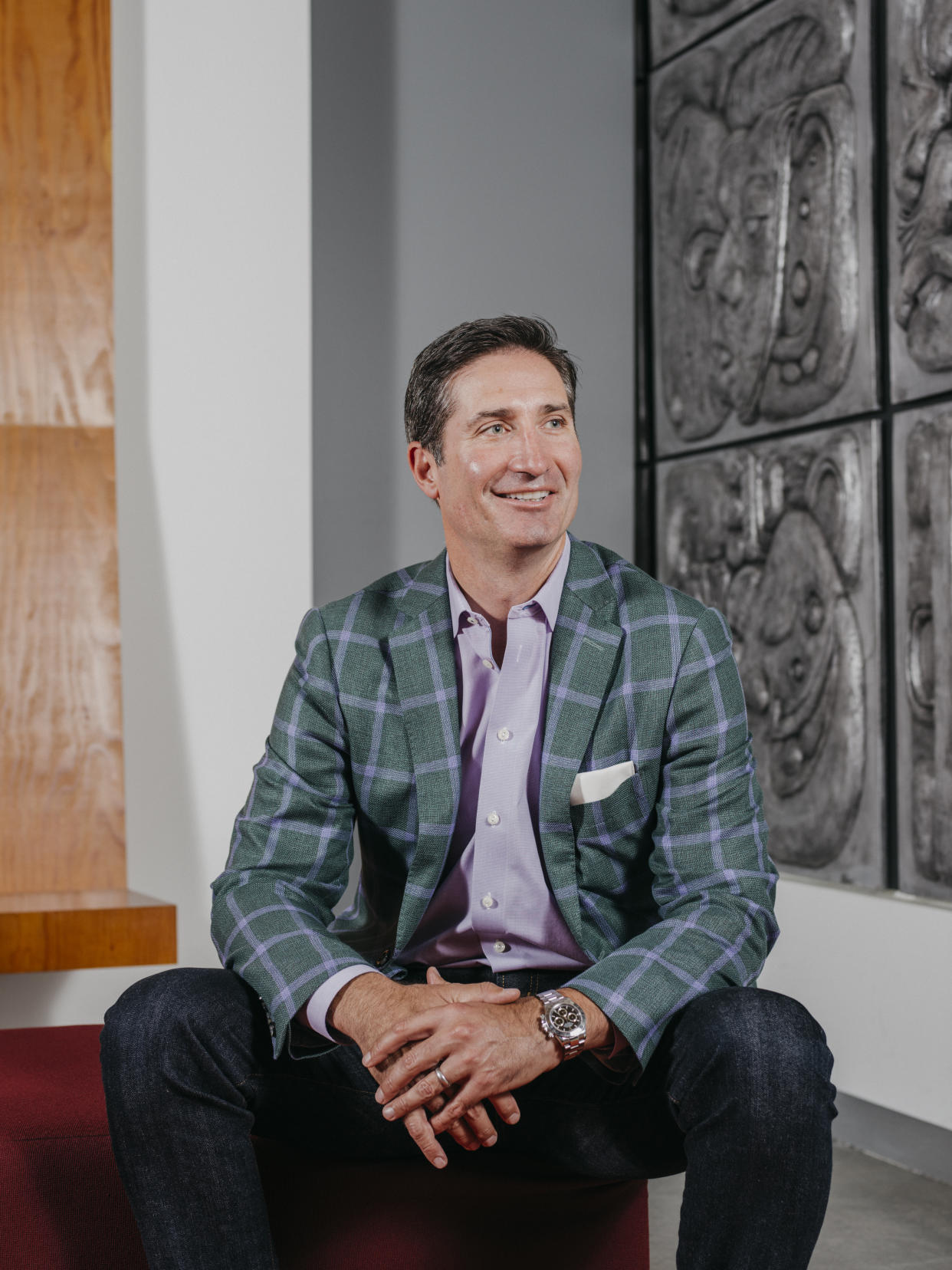Are Chipotle Burritos Getting Smaller? Not on Purpose, Its CEO Says

Chipotle Mexican Grill has built its fast-casual burrito dominance largely on consistency and size. It entertains and attracts customers with advertising phrases like “Burrito as big as your head” and “Burrito or dumbbell?” But recent controversy over its portion sizes has left even loyal diners dishing out outrage, and its CEO responded this week with a plan to ensure consistency.
Amid a storm of customer complaints on social media, accusing the chain of serving smaller portions in their burritos and burrito bowls, Chipotle CEO Brian Niccol firmly denied that the company’s portion policies had changed.
“First, there was never a directive to provide less to our customers,” he said during an earnings call Wednesday. “Generous portion is a core brand equity of Chipotle. It always has been, and it always will be.”
Sign up for The Morning newsletter from the New York Times
Still, Niccol said the complaints had led him to reexamine Chipotle’s practices across its operation.
“To be more consistent across all 3,500 restaurants, we have focused in on those with outlier portion scores based on consumer surveys,” he said. “We are reemphasizing training and coaching around ensuring we are consistently making bowls and burritos correctly.”
The suspicions about shrinking burritos and bowls at the beloved budget-friendly restaurant spread widely after a May TikTok video. In the video, Keith Lee, a food critic on the platform, expressed shock at the small portions, asking, “Where’s the chicken at?”
The video garnered over 2 million likes and fueled dozens more videos of disgruntled customers walking out of Chipotle or of customers recording employees serving them what they deemed “shrinking portions.” One influencer said he couldn’t let an employee “disrespect me with that protein.”
In response, some employees refused to serve customers who were recording, calling the experience stressful and dehumanizing.
Last month, to “put the ‘weight debate’ to rest,” an analyst at Wells Fargo ordered 75 identical Chipotle burrito bowls in New York City. Purchasing half of them in-store and half online from different locations, he found that the biggest bowl was nearly twice as heavy as the smallest one.
But, contrary to one common customer complaint online that the size of their online orders varied from in-store orders, they found barely any difference. Online orders were slightly heavier by less than an ounce.
As food costs increase, many restaurant chains have faced allegations of practicing “shrinkflation” — a practice where companies reduce portion sizes while maintaining prices. The Wells Fargo analyst noted Mexican avocado prices had jumped about 60% because of the suspension of U.S. border inspection the week before publishing the Chipotle study.
During the earnings call, Niccol acknowledged that avocado prices were currently higher than the “favorable levels” seen over the past several months. But he explained that this had not significantly affected Chipotle, as a majority of its avocados are sourced from Peru.
Portion size complaints are not a new phenomenon for Chipotle. In 2019, one customer tweeted at the chain that they were “very shocked when we got home to see such a small portion in the bowl. Definitely not the normal amount.”
Niccol said the company had identified about 10% or more of restaurants that it viewed as “outliers that needed to be retrained,” and that it was “committed to making this investment to reinforce that Chipotle stands for a generous amount of delicious, fresh food at fair prices for every customer visit.”
It remains to be determined whether customers will remain skeptical or be reassured by his words.
c.2024 The New York Times Company

